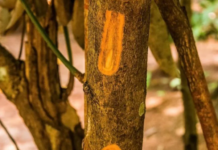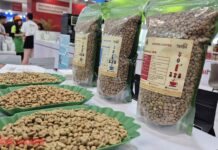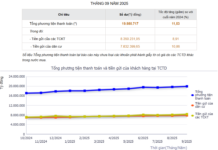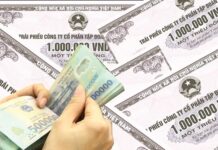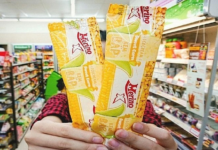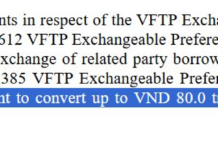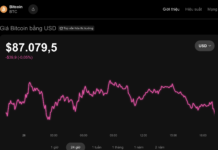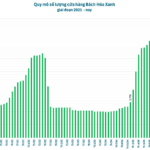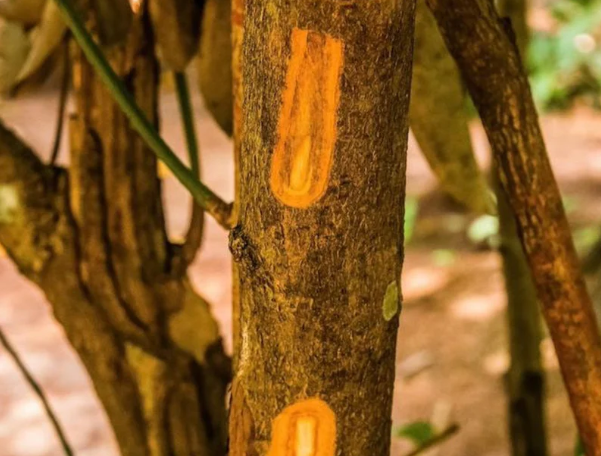
Illustrative image
According to preliminary statistics from the Vietnam Pepper Association (VPSA), in October 2025, Vietnam exported 8,985 tons of cinnamon, with a total export turnover exceeding $21.2 million. This marks a significant increase of 21% in volume and 18.5% in value compared to the previous month.
In the first 10 months of the year, the country exported 99,463 tons of cinnamon, achieving a total export turnover of nearly $250 million. This reflects a 25% increase in volume and a 13.2% rise in value compared to the same period last year. India remains Vietnam’s largest export market, with 37,787 tons.
Looking back at 2024, Vietnam’s total cinnamon export turnover reached $274.5 million, with an export volume of 99,874 tons. This represents an 11.7% increase in volume and a 5.2% increase in turnover compared to 2023. This growth is underpinned by Vietnam’s position as the world’s third-largest cinnamon producer, following Indonesia and China. The cultivated area expanded from 13,863 hectares in 2000 to 186,000 hectares in 2023. The provinces of Yen Bai and Lao Cai are the largest cinnamon hubs, accounting for 47.8% and 33.3% of the total area, respectively.
Cinnamon bark is widely used in the food processing, pharmaceutical, cosmetic, and natural flavoring industries. Cinnamon essential oil, rich in cinnamaldehyde, is highly sought after in the production of premium pharmaceuticals and fragrances. Additionally, cinnamon stems and branches are utilized to create handicrafts and bio-pellets, contributing to resource conservation.
Currently, Vietnamese cinnamon is exported to nearly 100 countries, capturing 95% of the Indian market, 36.5% of the U.S. market, and 35% of the European market. However, processed cinnamon exports account for only 18.6% of the total, equivalent to 18,659 tons, with 70% destined for the U.S. and 12% for Europe.
Despite its strong international market position, experts believe the cinnamon industry’s potential and advantages remain underutilized. Fragmented production, a lack of high-quality products, and residues of heavy metals and pesticides hinder its competitive edge.
To address these challenges, many domestic enterprises are shifting toward sustainable development. They are actively collaborating with farmers to establish organic raw material zones and adopting international production standards such as HACCP, GMP, USDA Organic, and EU Organic. This approach is essential for enhancing competitiveness and increasing export value in the medium and long term.
The Ministry of Industry and Trade is currently developing an ecosystem to leverage Free Trade Agreements (FTAs) for the cinnamon industry. The initiative aims to optimize FTA benefits for businesses, foster a culture of connectivity and cooperation, and strengthen collaboration between regulatory bodies and enterprises, thereby driving industry growth.


